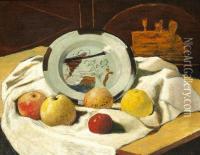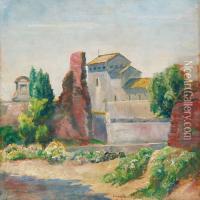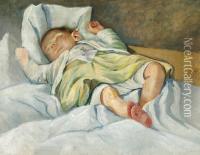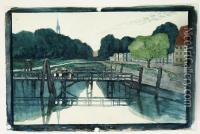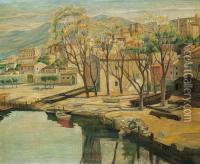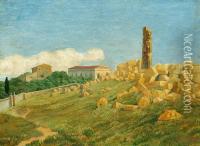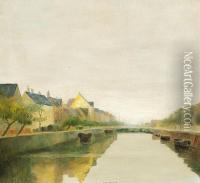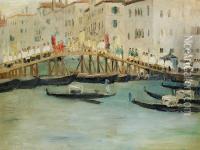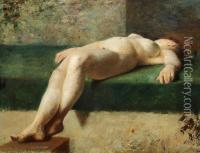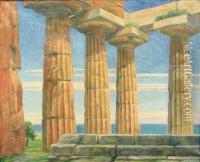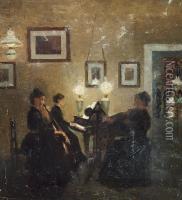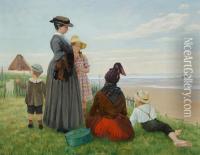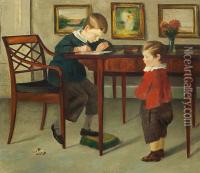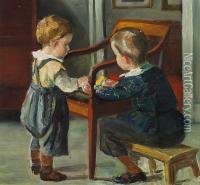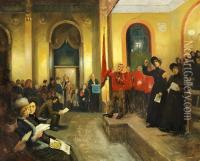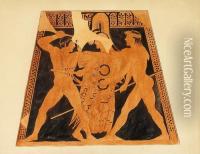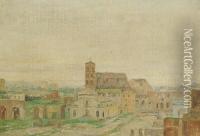Johan Gudmann Rohde Paintings
Johan Gudmann Rohde was a Danish painter and lithographer who played an important role in the development of Danish art during the late 19th and early 20th centuries. Born on February 1, 1856, in Randers, Denmark, Rohde initially embarked on a career in medicine before turning to art. He began his artistic training at the Royal Danish Academy of Fine Arts in Copenhagen in 1884, after abandoning his medical studies.
Rohde was a versatile artist, known for his landscapes, still lifes, and interior scenes. His style evolved over time, incorporating elements of Impressionism and later adopting a more simplified and abstract approach that showed the influence of modernist currents. Rohde was one of the founders of the influential artists' collective Den Frie Udstilling (The Free Exhibition) in 1891, which was established as an alternative to the established academic venues of the time. This group was instrumental in introducing new art movements to the Danish public and promoting a spirit of artistic freedom and experimentation.
Throughout his career, Rohde also worked as a graphic artist and book illustrator, contributing to the aesthetic of what became known as the Danish Modern style. His work in furniture design is particularly noteworthy; he collaborated with the renowned Danish furniture designer Kaare Klint. Together, they created pieces that are considered milestones in the history of Danish design.
Rohde's art was marked by a constant search for new forms of expression and a deep understanding of the materials he worked with. His paintings often exhibit a serene and harmonious quality, with a subtle use of color and a masterful handling of light and shadow.
Johan Gudmann Rohde passed away on December 9, 1935, in Copenhagen. Today, his work is represented in numerous Danish museums and continues to be celebrated for its contribution to the evolution of Danish visual art and design.
